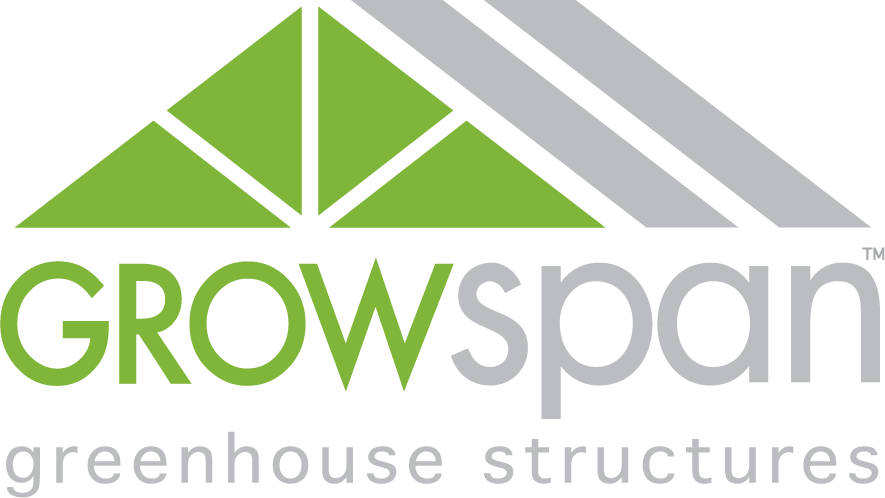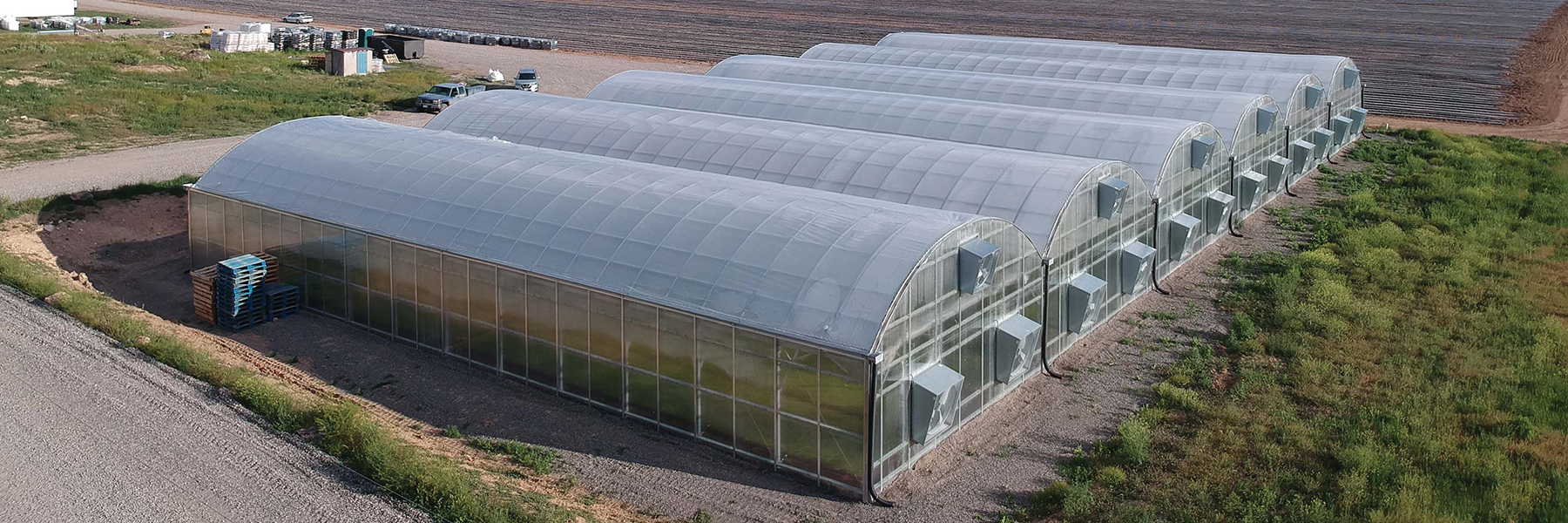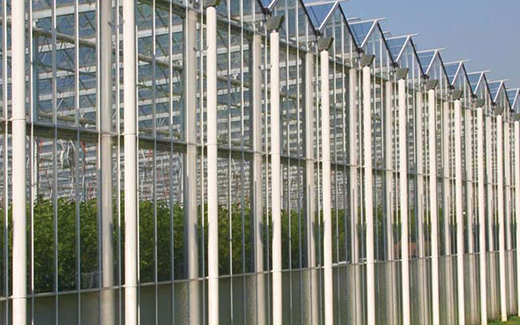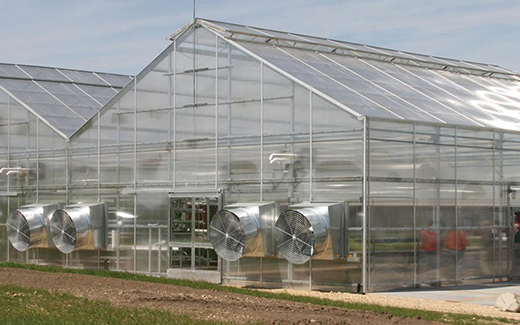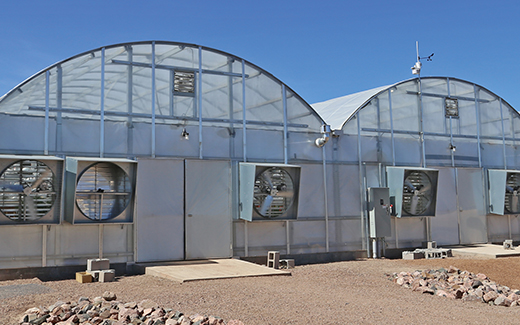Why Growers Need A Custom Greenhouse
There are a number of different ways to approach setting up a greenhouse. Many growers attempt to build without help, utilizing their own materials and manual labor, and end up with a grow space that is susceptible to weather and riddled with inefficiencies.
That can lead to disaster, like a collapsed greenhouse that destroys crops and brings production to a screeching halt. This nightmare is a reality for some growers, but with planning and help from an experienced Greenhouse Specialist, can actually be easily avoided.
Aside from the structure’s unreliability, without help, the design process of a greenhouse can also be overwhelming for growers. From structural materials to properly integrating equipment, producing a grow space that maximizes budget and efficiency is something most operations can’t accomplish alone. However, by purchasing a custom greenhouse, growers can reduce some of these difficulties and mitigate setbacks in production.
A custom greenhouse takes out the guesswork for growers attempting to set up their own structure with minimal guidance. With the assistance of Greenhouse Specialists, operations can invest in the right components and create a grow space that matches their exact specifications.
A good place to begin is evaluating the needs of the operation and the crops being grown, then reaching out for support. Before long, growers will set their operation up for lasting success, getting the most out of their structure and boosting profit potential.
Optimizing CUSTOM GREENHOUSE COST
When a grower plans to customize and purchase a greenhouse for their operation, it’s important for them to work with knowledgeable and reputable greenhouse manufacturers. Subsequently, growers can consult a Greenhouse Building Specialist throughout the entire design and installation process, ensuring they get a structure that is certified by a professional and guaranteed to last. By customizing a structure, growers can also optimize their greenhouse’s cost and use materials that make sense for their operation.
Custom greenhouses allow growers to outfit their structure with a cladding that’s appropriate for their budget and crops. Different types of greenhouse cladding offer various benefits and come at different price points, ensuring an operation doesn’t over-build or stretch their budget too thin.
The primary greenhouse covering options include greenhouse film, glass and polycarbonate. A practical way for growers to make their decision is to evaluate four attributes of cladding: durability, R-value, light transmission and cost.
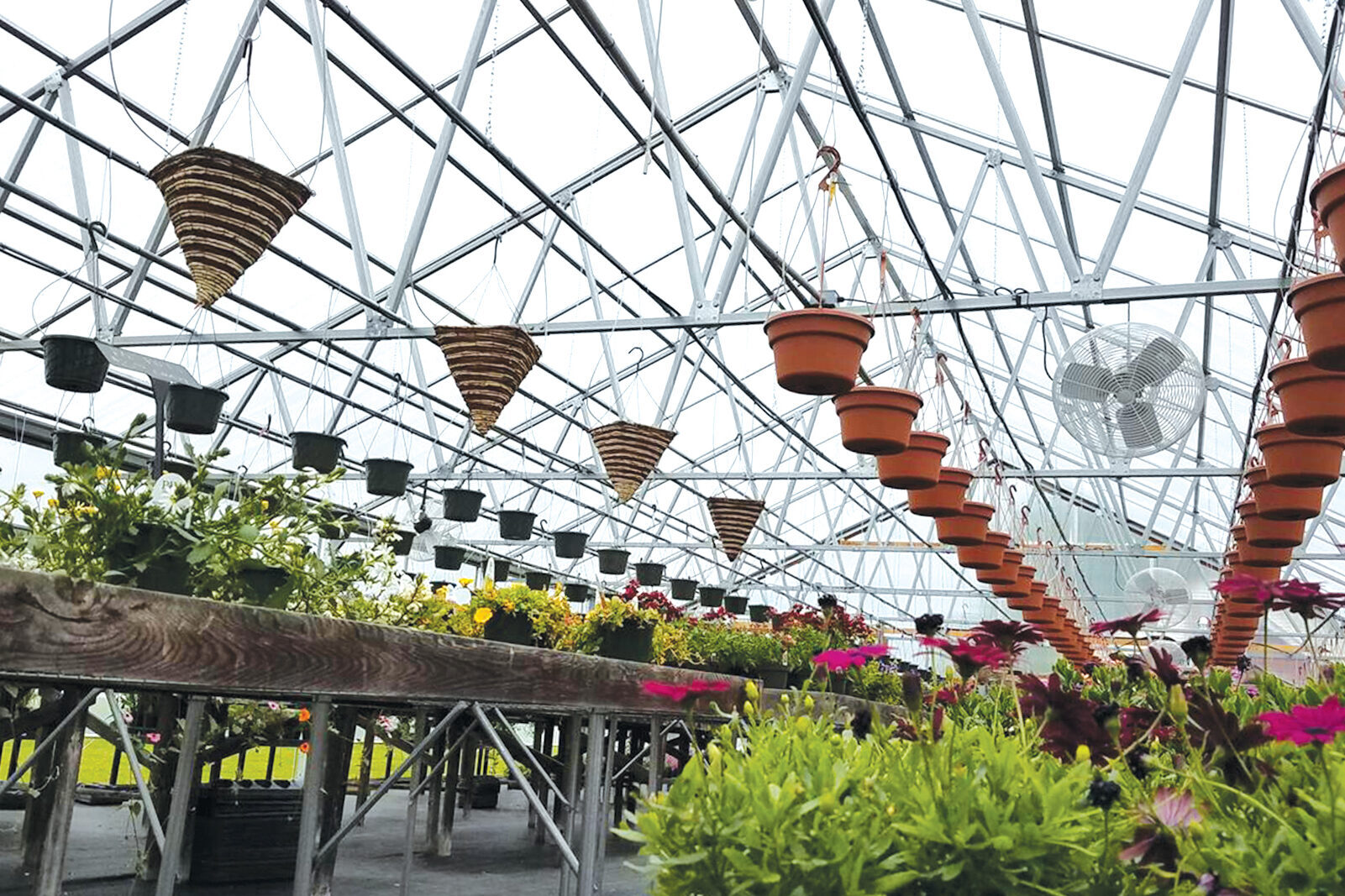
Of these choices, greenhouse film is a budget option that lets growers effectively cover their greenhouse, while optimizing cost. Film offers high light transmission and is effective in preventing sun damage, meaning growers with a tighter budget can still provide their plants abundant natural light and adequate protection.
While it does have the lowest cost of the three, it also features the lowest R-value, a rating of 0.83 when single-layered. Greenhouse film has a relatively short lifespan and can be prone to rips and tears as well, so even though it is flexible for budgets, it does need to be replaced more frequently than polycarbonate or glass.
In terms of budget and quality, glass is a comparable option to polycarbonate. It has a higher R-value than film but lower than polycarbonate, earning a rating of 0.95 in 3mm thickness and 1.0 at 4mm, and is also more expensive than film, but cheaper than polycarbonate.
Glass features the superior light transmission of the three, allowing sunlight to pour directly through into a greenhouse. For added durability and a higher R-value, 4mm thickness is generally recommended as the ideal option for greenhouse cladding.
Polycarbonate is a high-quality cladding and presents a suitable option to commercial growers looking for the best materials available. It possesses the best thermal efficiency, boasting an R-value of 1.60 in 8mm twin-wall.
It also offers the most strength and durability, as well as superior longevity to its counterparts. Although polycarbonate does not provide quite as much light transmission as film or glass, it still allows for abundant natural lighting to flood the structure and supplies valuable protection to the crops inside.
Each cladding option provides growers a worthwhile solution for their operation. Those with custom greenhouses can be flexible with their budget and choose the best covering for their specific needs, optimizing the total cost of their structure. To get the most out of a structure’s cost, a custom greenhouse also gives growers the advantage of obtaining an engineered structure over a non-engineered one.
A non-engineered greenhouse, like most self-built structures, is going to be the cheapest option, but it fails to get the most out of its cost due its unreliability and shorter lifespan. This alternative is going to be unstable and most likely will not hold up under all weather conditions, whereas an engineered greenhouse guarantees longevity, regardless of severe or unexpected weather.
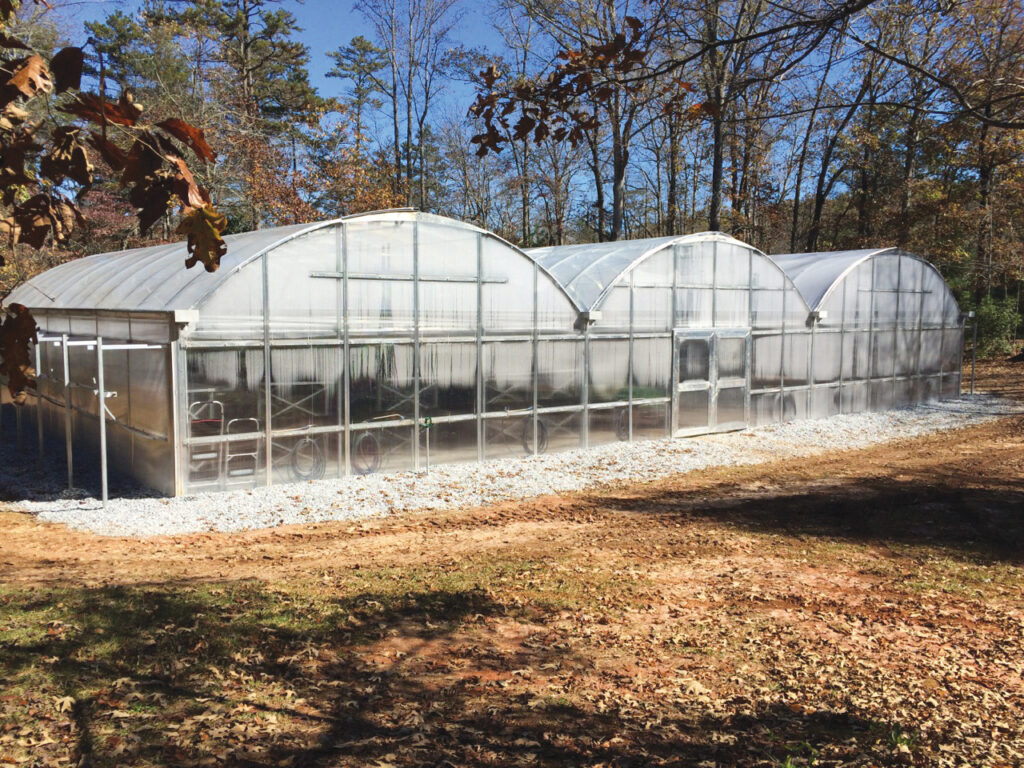
Non-engineered greenhouses may work for some growers, but for most commercial operations, they will be a liability and put them at risk because of their potential to collapse and destroy crops.
Engineered greenhouses allow growers to obtain third-party stamped drawings that certify the strength of their structure and prove what weather and climates it can withstand. Since greenhouses are often utilized in harsh climates, getting one designed by an engineer ensures it will meet all local building codes and bear heavy snow and wind loads.
This is crucial for commercial operations, as municipalities will likely inspect every aspect of a greenhouse to make sure it is up to code. A non-engineered greenhouse is going to create more obstacles in getting the structure approved by local regulators and cause unnecessary headaches for growers.
A custom greenhouse allows growers to optimize the cost of their structure by picking the most sensible materials and acquiring an engineered structure that is guaranteed to last. To continue designing the best custom greenhouse, growers can turn their attention to enhanced climate control.
Browse These Custom Greenhouses From GrowSpan
Precision Climate Control
Establishing the right growing environment is a critical part of a greenhouse operation, and controlling the interior climate is where commercial growers place much of their focus. Required climate control is largely determined by the location of a greenhouse, as well as the type of plant being grown. To produce the best possible harvest, growers must consider how to combat the outside elements and create an atmosphere that caters to their plants.
Custom greenhouse kits allow growers to match their geographic region and help their plants thrive. With stock kits or self-built structures, it can be difficult to get a greenhouse that is designed to match specific locations, such as areas with heavy snow or intense heat. By going with a custom option, growers can outfit their structure with all the properly sized equipment to ensure they grow profitably year-round, no matter where they are.
Climate control can require copious amounts of equipment to support efficient cooling, heating and ventilation systems. During customization, growers can get assistance from their designer to select the right equipment for their operation.
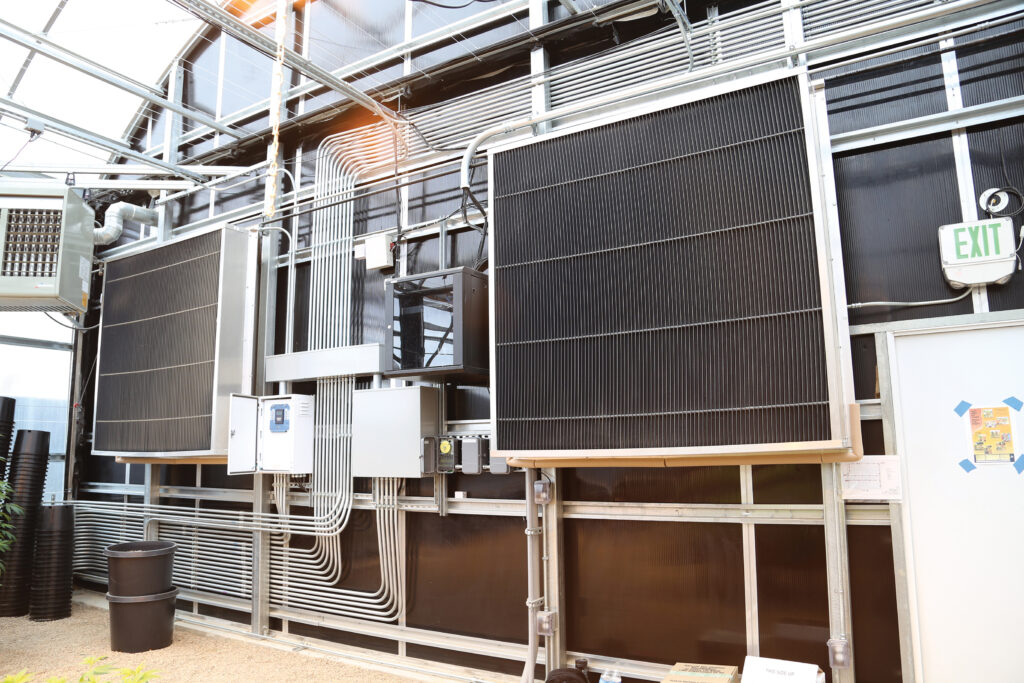
If growers deal with intense heat in their region, a greenhouse needs to be equipped with an effective cooling system that can keep plants from succumbing to heat stress. This is created using a combination of evaporative cooling and ventilation to produce a constant air exchange that battles humidity and high temperatures. Getting a greenhouse custom-built helps operations apply the right balance of equipment and produce high-quality plants year-round.
For growers of specialty crops, climate control can help an operation thrive in even the most unfavorable conditions. Table Rock Tea Company, one of the few growers of tea in the United States, is based in the foothills of Table Rock Mountain in South Carolina.
While progressing from seeds to cuttings, tea is at its most vulnerable, and is highly susceptible to the elements. To help protect their tea crop from sun damage, as well as the cold weather of their mountain region, the company designed and purchased a GrowSpan S1000 Commercial Greenhouse. The custom structure utilizes reflective shade to combat the sun and features a climate-controlled interior, ensuring the tea crop can thrive despite their location.
The power to dictate climate is one component of production and is a great place for operations to continue their customization process. Once a grower and their designer have determined the equipment needed to support their crop type, they can begin to think about how to further boost production through irrigation, fertigation and lighting.
SUPERIOR PRODUCTION OF A CUSTOM-Designed GREENHOUSE
Optimizing the other environmental components in a greenhouse will directly affect the quality of an operation’s yield. By implementing custom irrigation and fertigation systems, growers can pinpoint the level of water and nutrients their plants receive.
Poor fertilization and water usage can harm crops and inflate operating costs, which makes it crucial to employ a customized system. With a suitable plan in place that caters to their crop’s specific water and nutrient requirements, growers can drastically improve plant conditions.
In addition to superior yields and higher-quality crops, irrigation and fertigation setups help manage an operation’s overall cost. An efficient system requires less manual labor and minimizes water waste, leading to reduced labor costs and a decline in water usage.
Uniform fertilizer application also boosts the growth and quality of plants, while reducing nutrient waste. Even as commercial operations expand their grow, custom irrigation and fertigation systems lower operating costs and minimize environmental impact, such as runoff. Growers can work with their designer to ensure their system fits perfectly into their new or existing custom greenhouse.
An expert lighting setup is also going to positively impact greenhouse production. While greenhouses benefit from natural light throughout the day, crops often need additional lighting to reach their full potential.
With the right supplemental lighting, a greenhouse gives growers complete control over plant growth, photoperiod control and utility requirements. Implementing energy-efficient LED lights helps growers save money on utility costs while providing their crops the additional lighting they need to flourish. Detailed lighting plans can be tailored to any requirement a grower might have and fit into greenhouses of any size.
For commercial growers, a custom greenhouse guarantees the best growing potential. This means plants and crops grown within the structure are generally higher-quality and fetch a higher price on the market, which makes the grow space worth much more money per square foot.
A product is only as good as the greenhouse it’s grown in, so the quality of these structures provides growers considerable long-term benefits. For all equipment that affects crop production, growers can turn to automation to upgrade their facility and still optimize cost.
Sign Up Now To Learn More
REDUCED ENERGY-USAGE AND IMPROVED EFFICIENCY THROUGH AUTOMATION
An important feature of customization is the ability to implement automation into a grow space. In a custom greenhouse, automated systems can help give growers the edge they seek over market competition and provide a worthwhile investment that lowers long-term expenses.
Automation provides commercial growers total control over their greenhouse and optimizes every piece of equipment they install. This leads to a significant reduction in energy-usage and increased efficiency across an entire operation.
As utility costs rise and environmental impact becomes a bigger concern, greenhouse managers have to prioritize cultivating greenhouse crops in eco-friendly and energy-efficient conditions. Automated systems offer growers an effective way to tackle these energy and efficiency challenges.
By automating a greenhouse, operations can measure and time every aspect of their grow, including HVAC equipment, lighting and water and nutrient application. This ensures reduced energy consumption and alleviates significant manual labor requirements. When growers evaluate the money and energy being used on their operation, they find even the smallest tasks can be optimized, such as plant spacing and sleeving or planting plugs.
Automation also reduces manual labor needs by allowing many environmental changes to be made by a singular greenhouse manager. This can be done with the use of a smart controller, which has become the key to greenhouse automation and environmental control.
Smart controllers are now a staple of any high end greenhouse, connecting to every system within the structure and combining their functions into one interface where every component can be monitored. A smart controller also ensures no equipment runs unnecessarily, a common error in commercial greenhouses that inflates energy consumption.
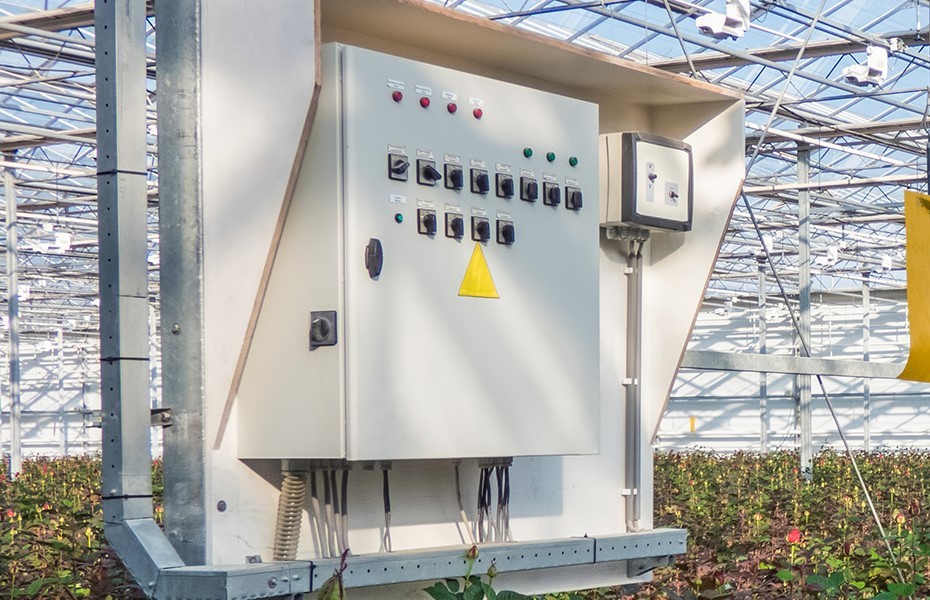
Dependable Installation From Custom Greenhouse Builders
With a custom greenhouse, growers gain access to reliable greenhouse builders who will assemble and install their structure. This not only ensures their structure provides the utmost structural integrity, but also helps it maintain a high performance level over time.
Preparing a site for installation can take a significant amount of research and inspection, from checking soil conditions to creating systems for rain water runoff and drainage. If growers attempt to build a greenhouse themselves, they can run into major issues during installation, as well as potential headaches later down the line.
Proper installation is crucial for helping a greenhouse perform to its full capabilities as well. Professional builders can guarantee all components of a structure are put up correctly and cared for during construction. This is particularly important with cladding, which can cause a number of issues if not installed the right way, like decreased insulation that leads to wasted energy consumption and diminished crop growth.
Commercial growers of any crop receive unmatched benefits when they acquire a custom greenhouse. From higher-quality materials to maximized production and efficiency, growers can get a structure that’s long-lasting and provides them the environment they need to produce superior crops through every growing season.
To start designing your own custom-built greenhouse, call or REQUEST A QUOTE today.
Related Articles
THE MOST IMPORTANT BENEFITS OF A GREENHOUSE
Whether it’s an established business looking to improve production or an operation that’s just starting out, greenhouses can help any grower sustain long-term success.
How To Best Optimize Greenhouse Price
To optimize greenhouse price, it’s important for growers to work with reputable industry experts who can design their ideal greenhouse.
Growing Smarter: An Overview Of A Hydroponic Greenhouse
For growers looking to implement a hydroponic greenhouse in their operation, they’ll first need to gather information and explore all their options.
5 Of The Most Common Questions Regarding Greenhouse Materials
With all the different types of greenhouses out there, it’s only natural that operations have questions about their potential growing setup.
A Climate Controlled Greenhouse Is The Ideal Setting For Controlled ENvironment Agriculture
When growers employ a climate controlled greenhouse for controlled environment agriculture, they can give their business, and profits, the much needed boost they’re looking for.
A Gutter Connected Greenhouse Offers The Best Modular Greenhouse For Commercial Growers
As a modular greenhouse, a gutter connected greenhouse helps growers avoid over-spending up front and allows them to expand as their business dictates.
